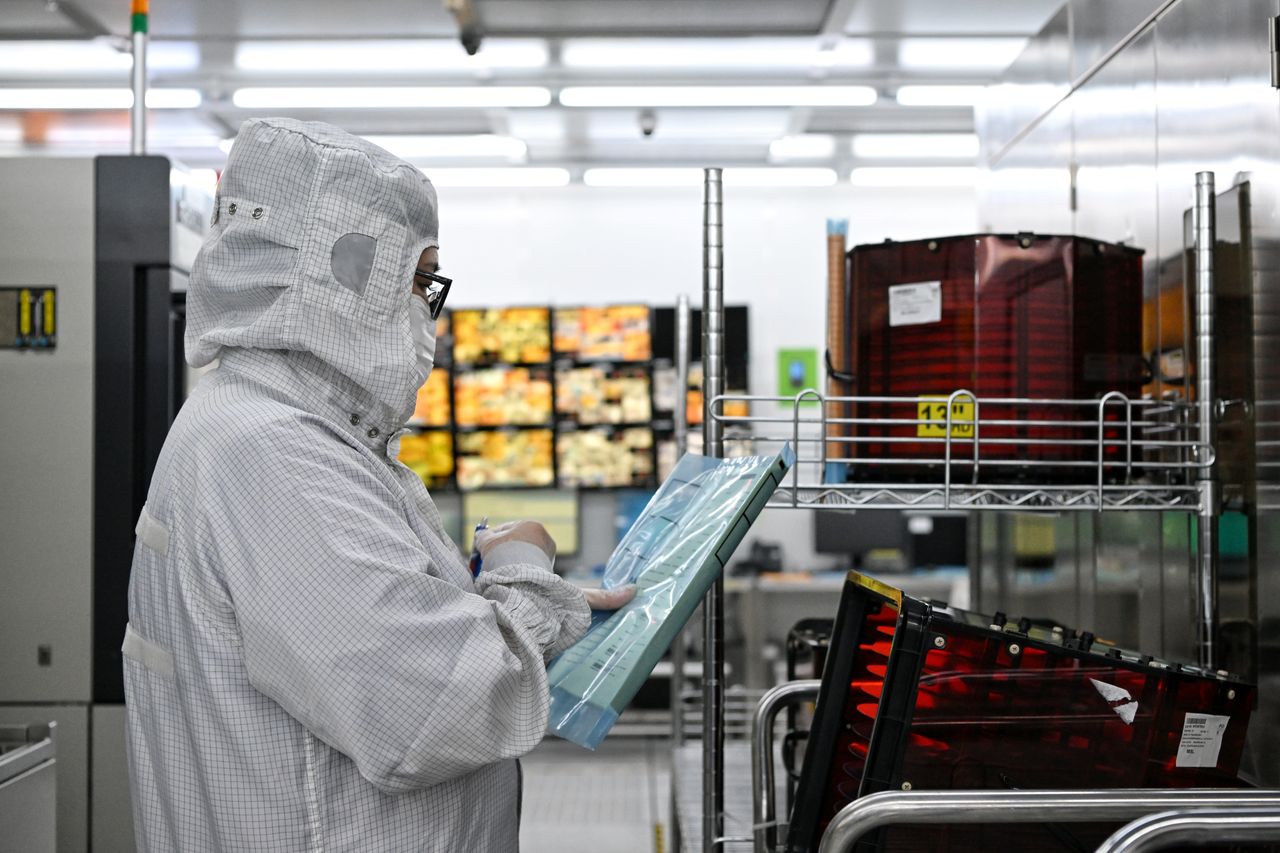SINGAPORE’S overall factory activity hit a six-year high in December, marking the 16th consecutive month of expansion.
The Purchasing Managers’ Index (PMI) rose by 0.1 point from the previous month to 51.1, according to data from the Singapore Institute of Purchasing and Materials Management (SIPMM) released on Thursday (Jan 2). The reading is the highest since December 2018.
The electronics sector’s PMI eased slightly to 51.4 in December, down from 51.6 in November, though it continued its expansion streak for the 14th straight month.
A PMI reading above 50 signals growth, and a reading below that, a contraction.
“The latest PMI readings indicate a positive outlook for the manufacturing sector going into the new year,” said SIPMM executive director Stephen Poh.
However, he added that “local manufacturers were concerned about the ongoing geopolitical tensions, and the uncertainty over the trade policy of the incoming US administration later this month, which could disrupt global trade and affect economic development”.
BT in your inbox

Start and end each day with the latest news stories and analyses delivered straight to your inbox.
DBS economist Chua Han Teng also said that December’s data “augurs well” for Singapore’s factories in early 2025.
“Near-term external demand for Singapore’s manufactured products, especially electronics, remains resilient, as indicated by positive readings in several sub-indices, including new export orders, new orders and order backlogs,” he said.
Regional trends
In China, the official manufacturing PMI dipped by 0.2 point to 50.1 in December, but stayed in expansion territory for the third consecutive month.
“Deflationary pressures persisted in December despite the expansion in economic activities, as China’s recovery outlook has remained weak,” said UOB economist Ho Woei Chen in a Dec 31 research note.
Jose Torres, senior economist at Interactive Brokers, highlighted that 17 of the 21 industries tracked in China’s PMI data reported stronger performance than in November.
“Aviation, transportation and telecommunications were some of the strongest categories, while the construction industry moved back into expansion,” he said.
South Korea fared worse, with its PMI falling into contraction to 49.0 in December, down from 50.6 in November, based on data from S&P Global.
For the first time since July 2020, South Korean manufacturers expressed a negative outlook for production in 2025, with concerns mounting over the domestic economy’s health.
Closer to home, the S&P Global Asean Manufacturing PMI registered 50.7 in December, a slight decline from November’s 50.8 reading.
“The Asean manufacturing sector saw modest gains as the year ended, with the headline index remaining stable in December,” said Maryam Baluch, economist at S&P Global Market Intelligence.
“Demand trends improved, supporting growth in production and purchasing activity. More positively, price pressures eased, reversing the prior month’s intensification,” she added.


















